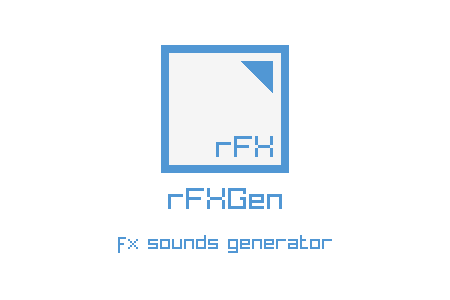Digital user interface (UI) design, as a professional discipline, is still maturing.
Consider this: most design tools still prompt designers to work in fixed-size artboards inherited from the print and TV era, despite the fluid nature of digital interfaces. The mismatch between process and output always bothers me.
This is why I was very intrigued when Rune Madsen from Design Systems International published When Figma Starts Designing Us, arguing that Figma is “bending us toward a way of working that prioritizes structure over spontaneity.” I was curious if this article can spark inspiration for the design community to further evolve our tooling.
After reading it, as a front-end developer who designs, my initial reaction was to disagree with Rune’s argument.
Because even if features like Auto Layout and Dev Mode truly “narrow the field of possibility” for designers as described in the article, I'm not convinced that Figma is the primary culprit constraining creativity.
I think this issue actually reveals deeper systemic problems in how we approach digital design across the industry.
The first problem is economic reality.
In an ideal world, every project would begin with a sacred creative phase for designers to explore freely with generous resources. But to prioritize speed to ship, most teams operate under tight budgets and timelines. For these teams, starting with engineering-aligned constraints by leveraging features such as Auto Layout isn't a creative compromise, but a practical necessity.
The second problem is our fragmented skill landscape.
The industry has largely settled into siloed roles where designers design and engineers engineer. This separation means that someone always has to bridge the gaps, whether that's from paper sketches to Figma files, or from Figma files to code. Each translation introduces frictions and costs resources.
Again, in an ideal world, everyone on the team would design and code. They could ideate on paper and prototype in code, combining efficiency, creativity, and quality. This way, we’d never be constrained or biased by any single tool. But in reality, we don’t know how to massively cultivate these types of talents yet. Plus, most hiring practices don’t know how to evaluate these multidisciplinary talents either. And the job market rarely rewards generalists.
To me, these are the real bottleneck. Not Figma.
That said, Rune is absolutely right about a design tool’s power to “shape how we think and what we make.”
We may have the theoretical freedom to choose our tools (e.g., Canva over Figma), but the cost of switching is high. It’s like choosing a Nokia 3310 over an iPhone 16 in 2025. Sure, both make calls, but in a world where even dining out requires an app, using the Nokia only makes life 10 times harder.
When Figma is the industry standard, that freedom of choice becomes nearly invisible. In that sense — similar to how React shapes frontend developers’ mental models — Figma does shape designers’ thinking through its dominance.
More importantly, as mentioned at the beginning, Figma still prompts designers to work in fixed-size artboards. This setup encourages designers to perceive UIs as static assets, which is far from the reality of the web, across phones, tablets, watches, headsets, and soon, XR glasses.
In the end, I think it’s healthy to reflect on Figma’s flaws. As Rune said, such criticism doesn’t mean “Figma is inherently bad”.
It’s simply a reminder that the way we’re designing UI is far from mature.
To further improve the UI design discipline, we should aim to evolve our design process to match the medium we're actually designing for.
Most importantly, we should focus on solving the systematic problems.
If we can all understand design’s inevitability, value the design process, design more in-browser with code, and cultivate and reward generalists who can design and code, it’d be a huge leap forward. But it’s a very challenging path.
Meanwhile, we should keep pushing the limits of design tools until it breaks free from the constraints of artboards. I hope we can soon find tooling solutions that can truly reflect the fluid, dynamic nature of digital experiences.
Until then, we have a long way to go.
.png)


![Software Engineering's Greatest Hits [video]](https://www.youtube.com/img/desktop/supported_browsers/firefox.png)

